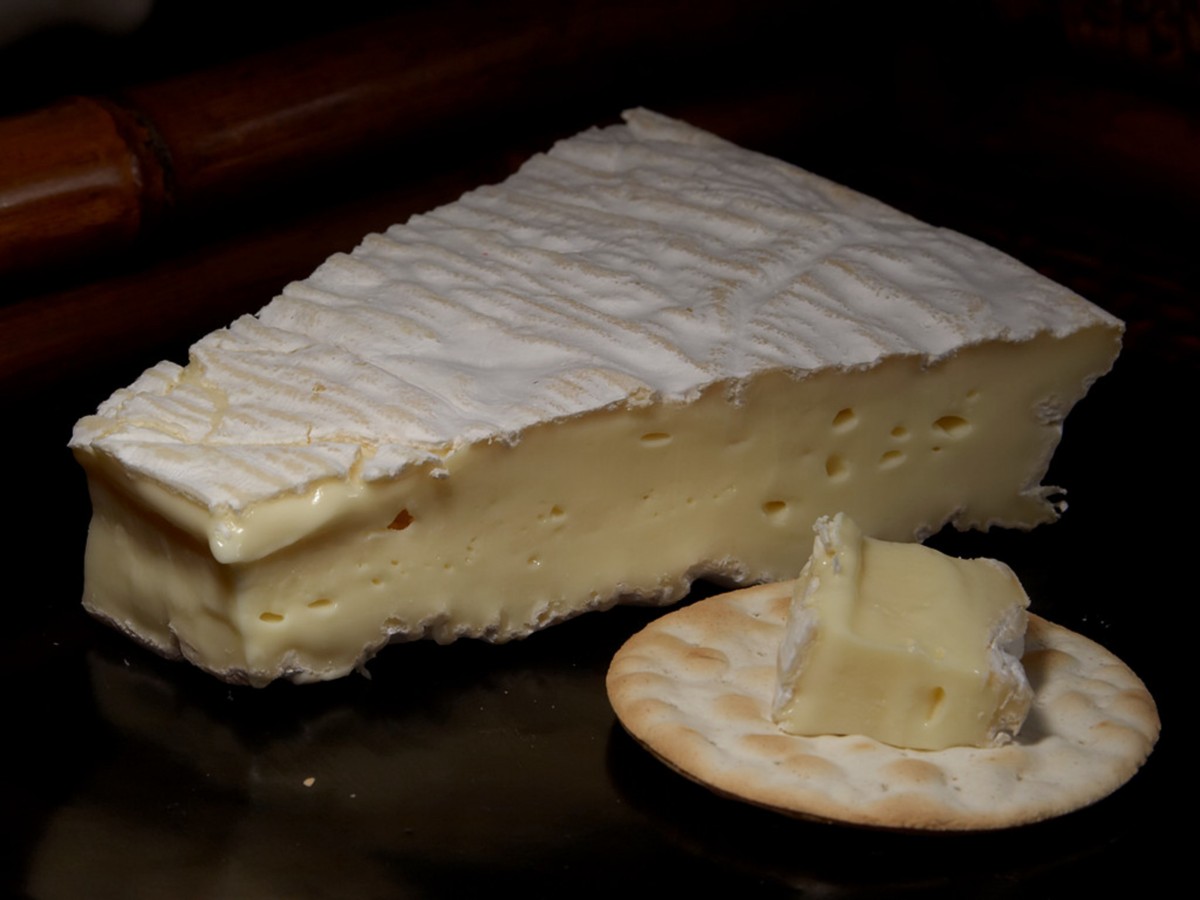
We at DFC love our cheeses – especially the more flavourful varieties, like blue cheeses, and bries. But, as a new analysis from Vox outlines, we might not have much more time to enjoy them – at least in the way we’re accustomed.
Turns out, about 100 years ago, the cheese-making industry accidentally created worldwide uniformity in camemberts, bries, and certain blues by standardizing the use of Penicillium camemberti. This sub-strain of the fungus Penicillium biforme produces particularly delicious – and attractively fluffy and white – mould. This albino mould was so popular that other, genetically diverse, strains of cheese mould have died out. Now, p. camemberti is under threat specifically because of this lack of biodiversity.
“For reasons that are not totally clear, the albino strain can’t reproduce sexually, like most molds can — meaning, it can’t ‘breed’ with another individual to create new genetic diversity. So to create more of this fungi, cheesemakers have to clone it, not unlike how you propagate a plant using a cutting. Yet decades of replicating the same individual can introduce harmful errors into its genome, [evolutionary biologist Jeanne] Ropars said.
That’s what’s happened with P. camemberti. In recent decades, the albino fungus picked up mutations that interfere with its ability to produce spores, and that makes it much harder to clone. Put simply: It’s now difficult for cheesemakers to grow the key fungus used to make brie and Camembert.”
If P. Camemberti goes the way of the Gros Michel banana, there are other options, like populating camembert and brie with similar, “wild”-er strains. But that would change the taste and look of the pristine white, smooth cheeses we’re used to. A small price to pay for nature’s correction of humanity’s overreach? It looks like we’ll have to see: The mould is in charge here, and taking our taste buds along for the ride!